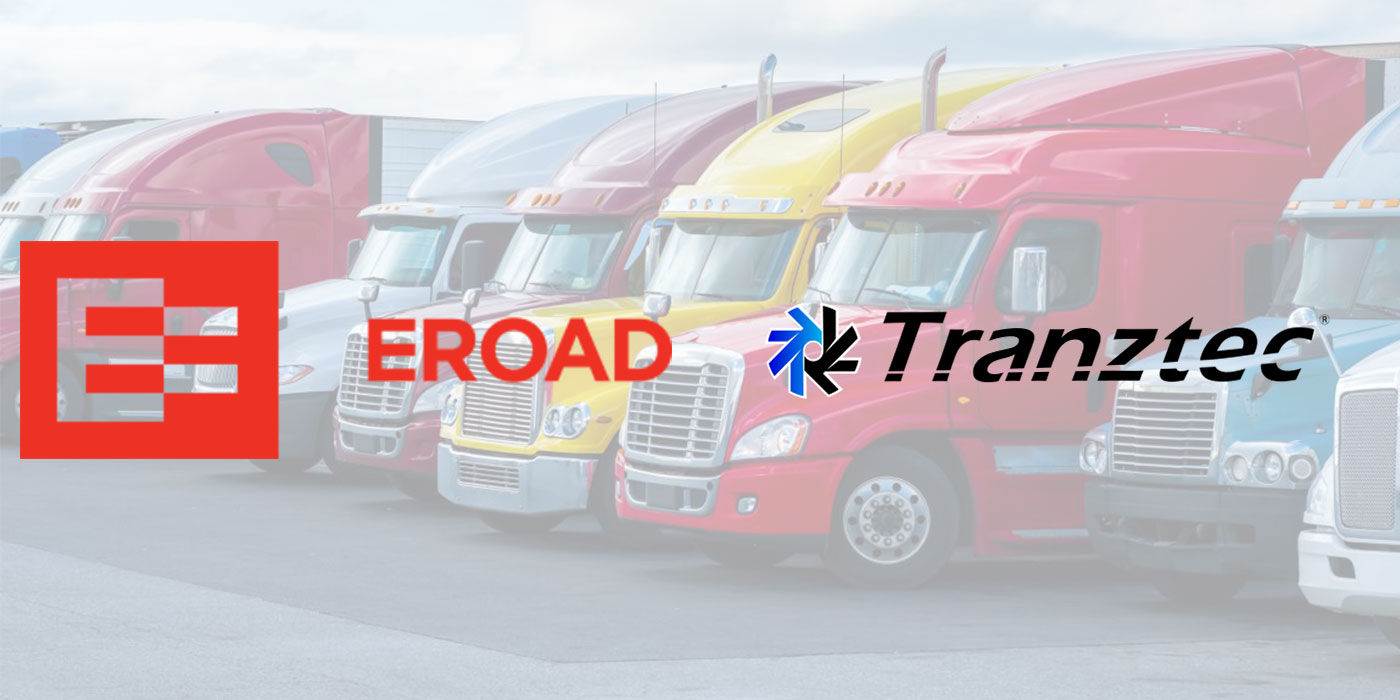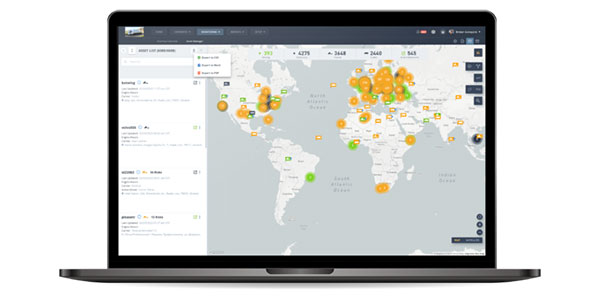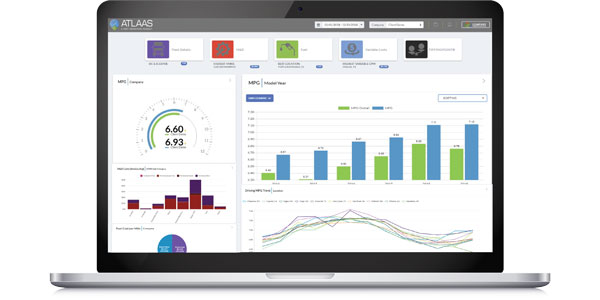In any IT environment, the benefits of automating information management are readily apparent. Eliminating redundant data entry alone speeds processes and improves accuracy. Perhaps it’s not as apparent, but automation can play a role in enhancing the efficiency of vehicle inspection and maintenance programs, and in turn the management of service and repair information.
At the center of that activity are QR (Quick Response) Codes, the unique matrix bar codes familiar on consumer products. QR Codes can be used on any type of commercial asset to streamline inspection and maintenance processes by enhancing communication and the management of key service event data in real time.
At the 2013 TMC Annual Meeting & Transportation Technology Exhibition, Decisiv, provider of a service relationship management platform that is being used by more than 750 fleets, announced that Saia is now deploying QR Codes on 17,000 tractors, trailers, converter dollies and forklifts at its 147 terminals in 34 states.
The initiative at the LTL carrier represents the largest deployment of QR codes at a commercial fleet using ASIST, the Service Relationship Management (SRM) platform developed by Decisiv for Volvo Trucks.
Decisiv also is the developer of the MVASIST version of the platform used by Mack Trucks and the newly renamed WheelTime LINQ (formerly WCSP) platform in use at the WheelTime network of 18 Detroit Diesel-Allison truck service providers with nearly 200 North American locations.
Saia has been using ASIST internally and to manage breakdowns across its service network, including its 36 shops and three trailer yards. “Our technicians are now using iPad tablet computers to scan QR Codes on vehicles and access and conduct pre-loaded inspections,” said Charles Rozelle, regional maintenance manager at Saia’s shop in Dallas, where 175 tractors and 312 trailers are domiciled. “The QR codes take away the possibility of data entry errors, and by automatically transferring inspection results via a Wi-Fi network to the shop, we can instantly see if service or repairs are needed. The platform also gives us easy access to inspection histories for DOT and internal use.”
QR Codes also are being adopted by OEMs. Mack and Volvo have both announced that beginning in April, all new trucks will be factory-equipped with a QR code tied to the vehicle’s VIN to help speed service event activity.
The codes also are in use at WheelTime locations. “Using QR codes saves us time,” said Bryan Best, service advisor at Smith Power Products in Salt Lake City, in a WheelTime newsletter. “Using existing QR codes, and even applying new QR codes to vehicles that don’t have them, is a significant time savings for our service writers and diagnostic technicians.”
Best went on to explain that on average, four to seven minutes is the combined check-in and job creation time per vehicle. “When you are checking in 20 vehicles, the time savings by using the QR code can be as much as three minutes per vehicle,” he added. “This equates to a significant increase in our productivity.”
On all versions of the Decisiv SRM platform, scanning a QR Code with a smartphone or tablet computer automatically launches a mobile application and immediately loads asset information, service history, customized inspection details and pending work. The application also allows technicians to add odometer readings to trigger and send pending preventive maintenance operations, and simultaneously send any operations based on inspection results to the shop and parts counter.
The QR Code-driven process eliminates the potential for errors that can occur with paper-based service write-ups. The solution also cuts check-in time and the time technicians spend completing and accurately documenting inspections and service activity.
In all fleet operations, including maintenance and repair programs, entering correct information into IT systems is crucial for ensuring data accuracy and saving time.













